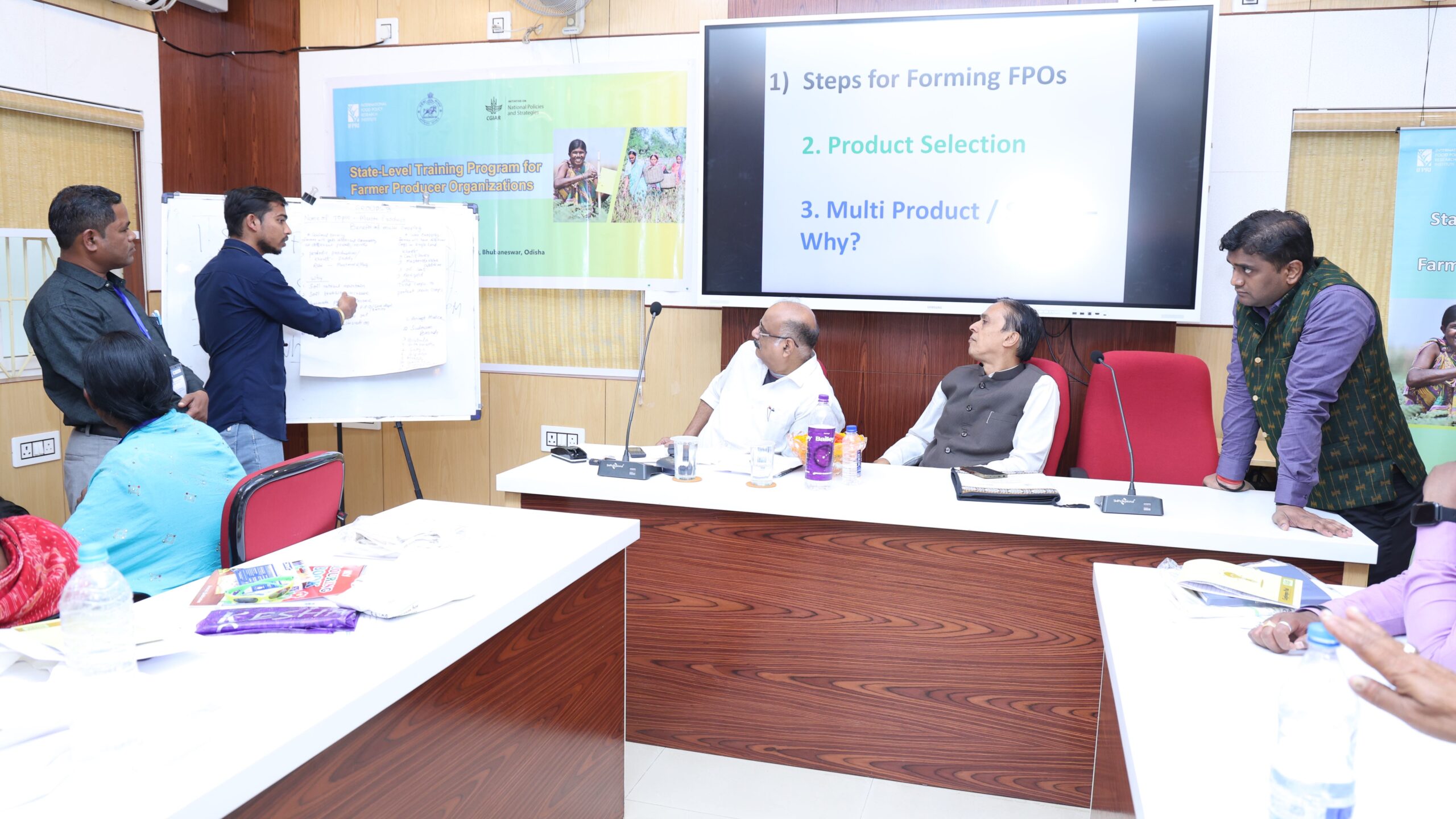Farmers in India largely depend on monsoon rains to sow their crops—as much as 60 percent of the cropped area in India depends on these rains, which usually occur between June and September.
However, rainfall this year has been 22 percent below normal for the country as a whole—and as much as 36 percent below normal in northwest India. In other regions, including India’s northern “breadbasket” states of Punjab and Haryana (where over 18% percent of India’s foodgrains is produced), the monsoon has yet to arrive.
This dearth of rainfall is translating to a major decline in area under rice, coarse cereals, pulses, and oilseeds and may also affect overall agricultural productivity. If rainfall does not pickup by early August, then any production shortfall will have an impact on the price of farm produce.
Because of record rice production last year, rice prices will be stable. But the price of pulses, edible oil, and vegetables will be hit. India is likely to import more pulses, especially pigeon pea and edible oil.
The good news is that the impact of rainfall on agricultural production varies depending on how it is distributed across regions over time. The Indian Meteorological Department, which offers a real-time website devoted to the monsoon, predicts good rains in most states next week.
If the country does experience a deficiency in monsoon rains, its improved irrigation facilities, rising food grains stock, and investment in horticulture make it well prepared should help mitigate the effects on food supply and prices.







